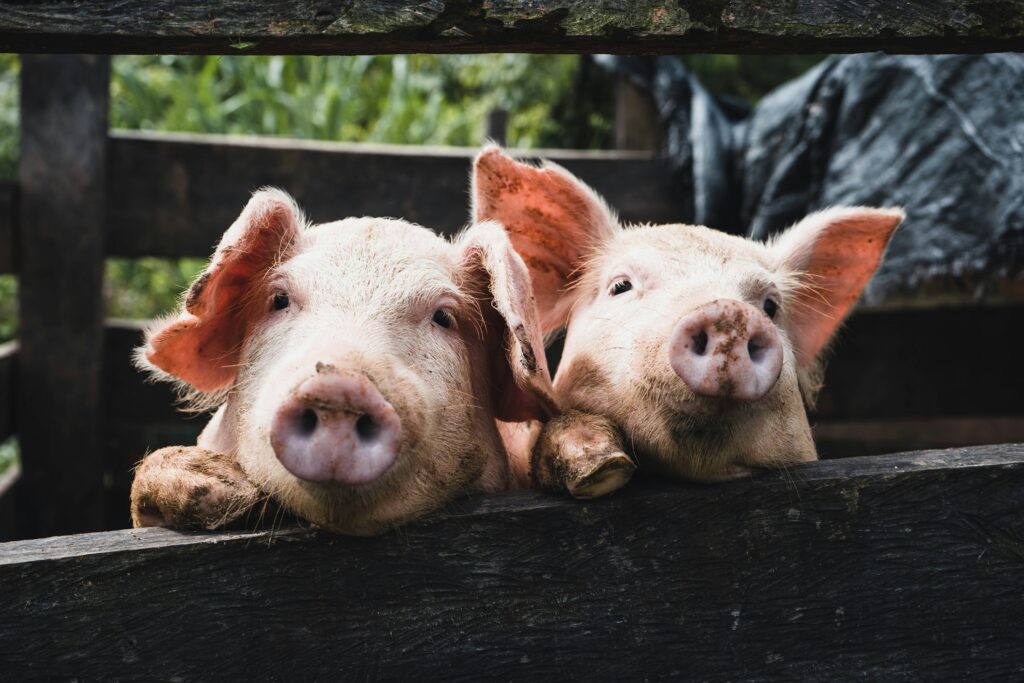Surgeons in China have successfully transplanted a genetically modified pig lung into a brain-dead human for the first time, with the organ functioning for nine days. The study, published in Nature Medicine, marks a significant step in xenotransplantation, a field aimed at addressing the global organ shortage. According to the World Health Organization, only around 10% of the global demand for organ transplants is currently being met.
The lung, taken from a Chinese Bama Xiang pig with six genetic modifications, was implanted into a 39-year-old male recipient. Researchers reported that the organ remained viable, avoided hyperacute rejection, and showed no signs of infection during the 216-hour period. However, fluid buildup and progressive antibody-mediated damage occurred despite strong immunosuppressive treatment. Experts noted that the recipient’s remaining lung may have masked the full extent of the pig lung’s deterioration.
Challenges of Lung Xenotransplantation
Lung transplants from pigs present unique difficulties because the lungs are constantly exposed to air, pollutants, and pathogens. “The immune system in the lung is very sensitive and very active,” said Andrew Fisher, professor of respiratory transplant medicine at Newcastle University. “When you’re dealing with organ transplantation, that poses extra challenges.”
Peter Friend, of the University of Oxford, highlighted that brain death itself triggers inflammation, which may have affected the results. Surgeons emphasized that refinements are needed, including optimizing immunosuppressive regimens, improving genetic modifications, enhancing preservation strategies, and assessing long-term function.
Future Directions
Xenotransplantation has seen progress with hearts, kidneys, and livers, though lung transplants remain particularly challenging. Other approaches to increasing organ availability are also being explored, such as remodeling human donor organs using stem cells, growing humanized organs in pigs or sheep, and reconditioning human lungs deemed unsuitable for transplantation.
Experts caution that while the pig lung transplant is a promising step, much more work is needed before such organs can be safely used in living patients. If successful, these techniques could dramatically reduce organ shortages and save thousands of lives.


